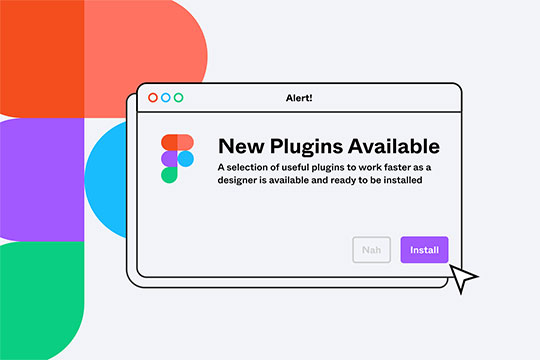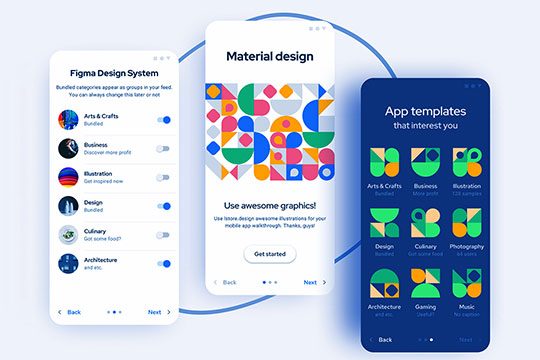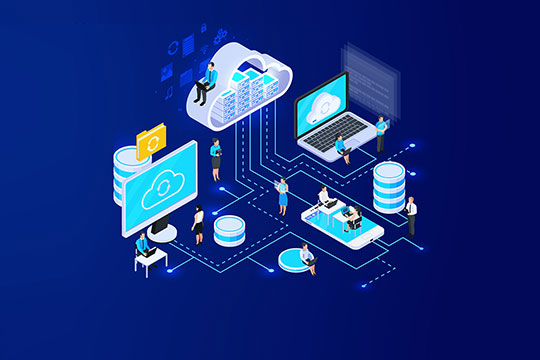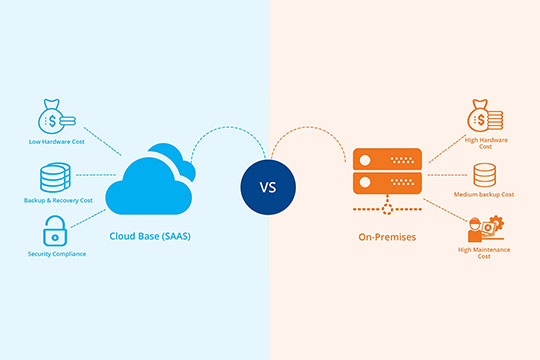Figma is a cloud-based design tool for UI/UX design that has grown in popularity due to its collaborative capabilities and ease of use. It enables designers to create and share designs in real time, making it suitable for distant teams. Figma has grown in popularity due to its versatility and ability to streamline the design cycle.
Figma plugins are third-party applications that may be used to expand the functionality of Figma. Plugins are useful because they can help automate tedious processes, accelerate design workflows, and bring new functionality not present in the original software. Designers can use Figma plugins to have access to a variety of tools and resources that will help them enhance their productivity and streamline their creative process.
Productivity is essential in the design profession, since deadlines are frequently tight and turnaround times must be short. Designers may combine productivity hacks and design software with Figma to maximise their time and generate high-quality designs rapidly. The platform’s collaboration features enable designers to collaborate effortlessly, and its design tools assist users in creating visually beautiful visuals and layouts. Designers can further optimise their design process by employing Figma plugins, which automate repetitive activities and give them time to focus on more complicated design challenges.
Top Figma Plugins for Productivity
- Content Reel – Quickly populate designs with relevant content and data.
- Figmotion – Create high-quality animations and prototypes directly in Figma.
- Unsplash – Easily access a library of high-quality stock images.
- Auto Layout – Automate repetitive design tasks and create responsive designs.
- Stark – Ensure that designs are accessible and meet color contrast standards.
- Design Systems – Create and maintain a consistent design system across projects.
- Renamer – Quickly rename layers and components for better organization.
- Avatar – Generate random avatars for user profiles and data.
- Icons8 – Access a vast library of icons and vector graphics.
- Figma to HTML – Convert Figma designs to HTML code for easy web development.
These plugins can assist designers in automating repetitive chores, improving collaboration, and streamlining design workflows, resulting in higher productivity. They provide a variety of capabilities, such as content filling designs and making animations and prototypes, to guarantee that designers can focus on creating high-quality designs in less time.
How to Install and Use Figma Plugins?
Here is a step-by-step guide and checklist on how to install and use Figma plugins:
- Open Figma and navigate to the “Plugins” tab on the left-hand side of the screen.
- Click “Browse all plugins” to access the Figma plugin library.
- Browse the library and find the plugin you want to install. Click “Install” to add it to your plugins list.
- Once installed, the plugin will appear in your list of plugins under the “Installed” tab.
- To use the plugin, select the design element you want to modify and then click on the plugin’s icon in the plugins panel.
- The plugin will open in a new window, allowing you to configure the settings and use the tool to modify your design.
It should be noted that not all plugins are created equal, and some may necessitate additional setup or configuration. Some plugins may also require rights to access specific data or functionality in Figma, so make sure to thoroughly read the plugin description and instructions before installing and using it. Overall, Figma plugins can help you optimise your design workflow and increase productivity, so don’t be afraid to experiment with new tools that can help you generate high-quality designs in less time.
List of advanced Figma plugins for experienced designers:
- Angle – Generate isometric and perspective mockups directly in Figma.
- Master – Create advanced design systems with shared styles, color palettes, and more.
- Konke – Automate the creation of complex design elements like tables and charts.
- Denim – Streamline the design process by creating and managing design sprints in Figma.
- Maze – Conduct user testing directly within Figma, allowing designers to test and validate their designs quickly.
- Lottie – Easily import animations created in After Effects and use them in Figma designs.
- Chart – Quickly create and customize a variety of charts and graphs directly in Figma.
- Screely – Generate high-quality device mockups and screenshots for presentations and marketing materials.
- Relate – Create dynamic and interactive prototypes directly in Figma, allowing designers to test and refine their designs in real-time.
- Variables – Automate repetitive design tasks by using variables to change multiple design elements at once.
These advanced Figma plugins provide a variety of features and capabilities to assist experienced designers in streamlining their design workflows and efficiently creating high-quality designs. These plugins can help designers save time and enhance their entire design process by automating complex design chores or conducting user testing directly within Figma.
Conclusion:
Finally, Figma plugins are a must-have tool for designers looking to boost their productivity, streamline their design workflow, and optimise their creations. Designers can automate repetitive operations, conduct user testing, and generate high-quality designs in less time with the proper combination of necessary and sophisticated Figma plugins. These time-saving tools boost not just design efficiency but also the creative process.
Ndimension Labs recognises the value of Figma plugins in the design process. Our skilled designers use the greatest Figma plugins to create gorgeous designs that fit our clients’ objectives. We understand the importance of design optimisation and how Figma plugins can assist to speed the design process and improve the overall design product.
Our designers are able to efficiently incorporate these time-saving techniques into their design workflow by remaining up to speed with the latest Figma plugins and mastering their utilisation. In addition, we provide Figma plugin tutorials to our clients to ensure they understand how to utilise Figma plugins effectively and integrate them into their design workflow.
In conclusion, Figma plugins are an essential tool for designers who wish to generate high-quality designs quickly. They provide a variety of advantages, such as time-saving tools, improved workflows, and design automation. We employ the greatest Figma plugins at Ndimension Labs to optimise our design process and generate attractive designs that fit the needs of our clients. We strongly advise designers to investigate and implement the best Figma plugins available in order to increase productivity and improve design outcomes.






